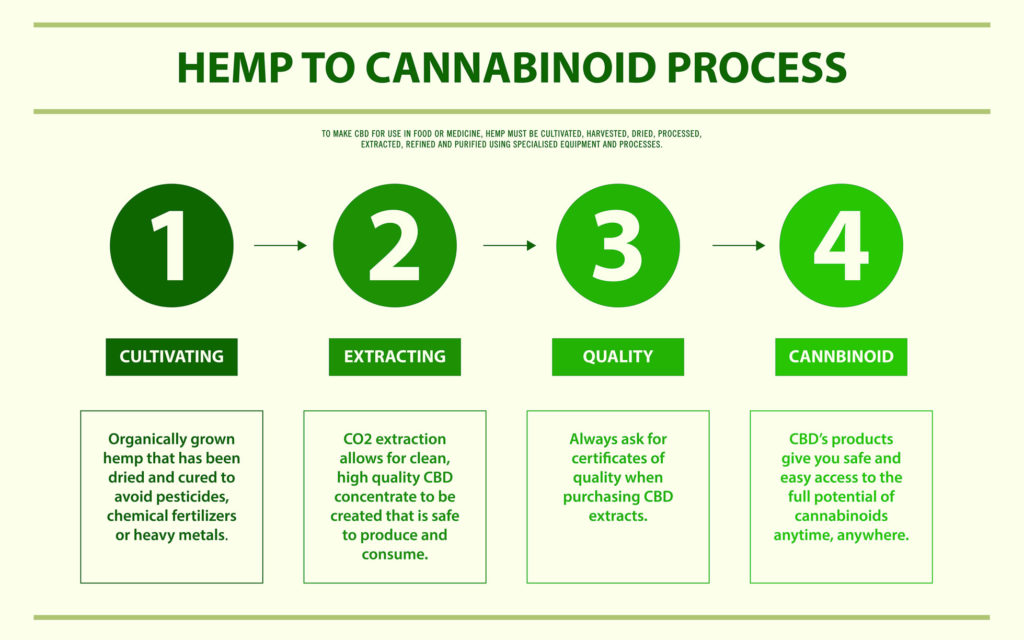Medicinal Cannabis
Medicinal Cannabis discusses the therapeutic use of cannabis.
It means we are not talking about pot, marijuana, grass, or dope for recreational use to get ‘high’. It focusses strictly on medicinal cannabis.
It is meant to give health care professional regulators and patients insights into the medical and scientific aspects of Cannabis sativa L. and how this plant fits in the chain of therapeutic options.
The issue of whether marijuana has medicinal benefits no longer seems to be in question.
It doesn’t have a high potential for abuse, and there are very legitimate medical applications. In fact, sometimes marijuana is the only thing that works.
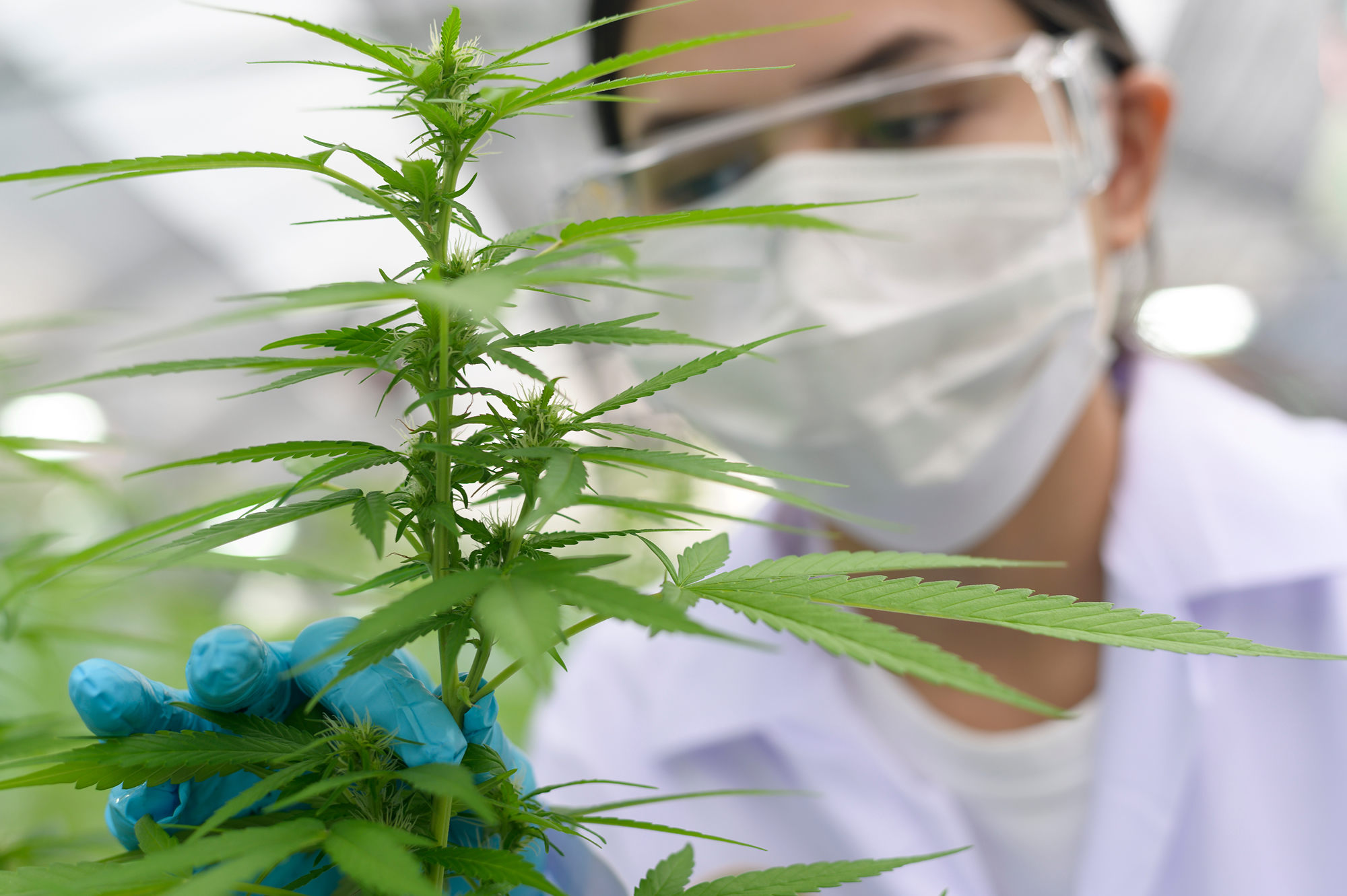
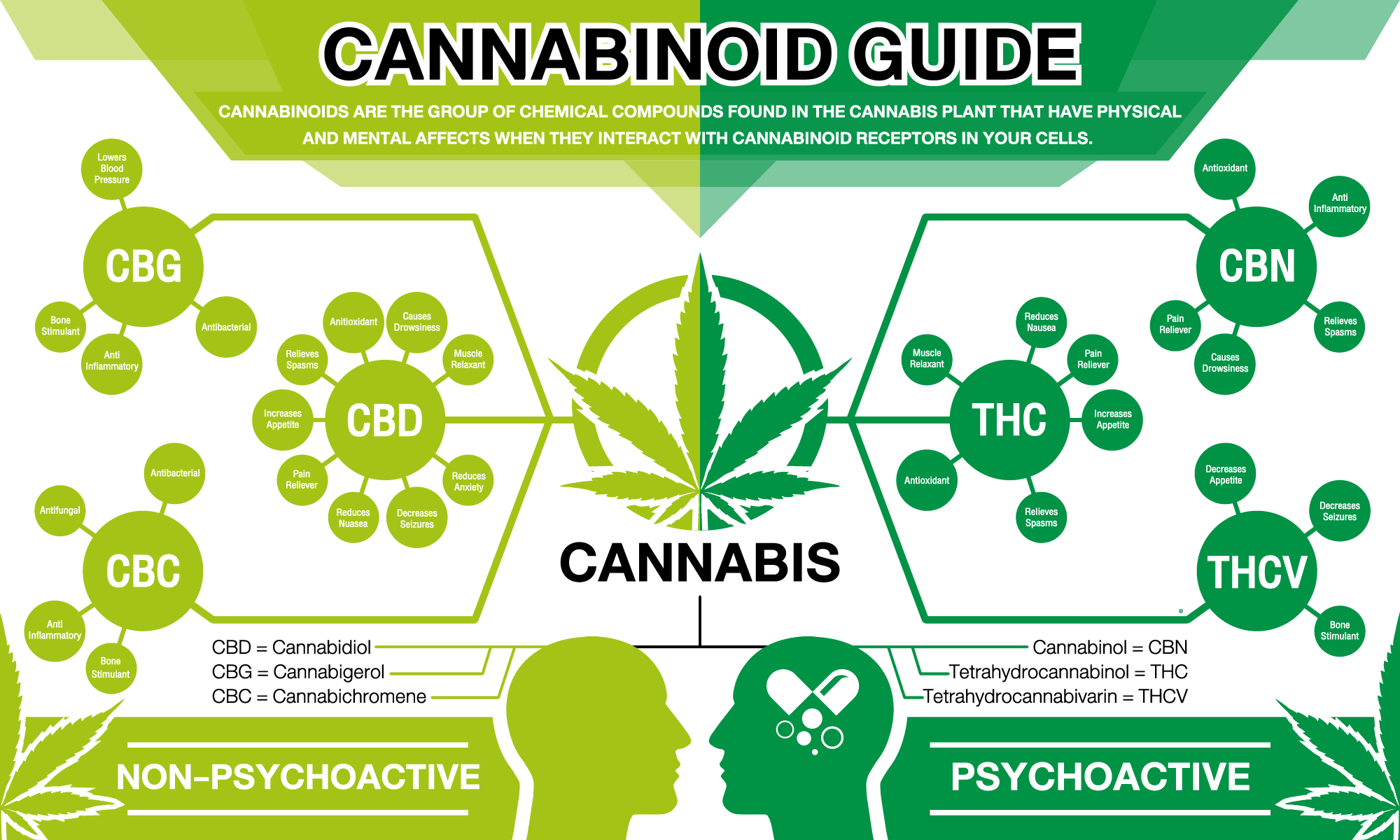
The Cannabis plant has a history of medicinal use dating back thousands of years in many cultures.
Medical cannabis, or medical marijuana, is cannabis and cannabinoids that are prescribed by physicians for their patients.
Side effects and risks of medicinal cannabis are very well documented in the literature. The risks are extremely low in a therapeutic context compared with pharmaceutical medicines.
Medicinal cannabis can be administered through various methods, including capsules, lozenges, tinctures, dermal patches, oral or dermal sprays, cannabis edibles, and vaporizing or smoking dried buds.
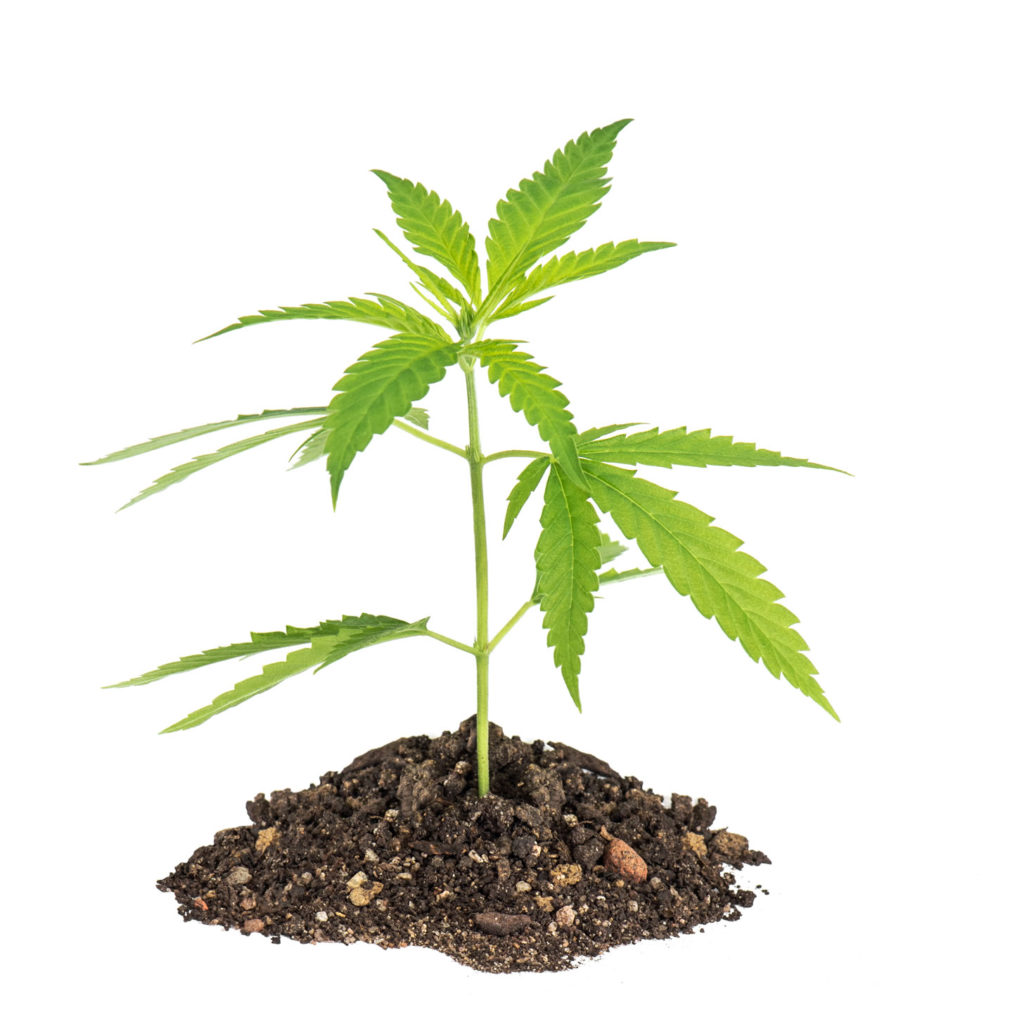
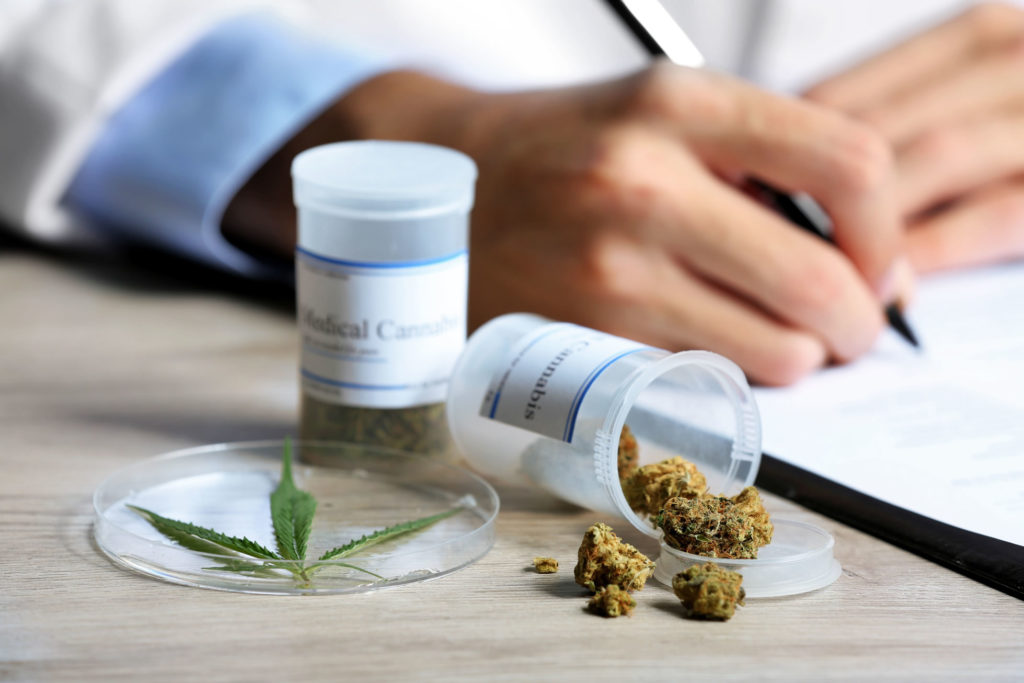
With a lot of research, which is ongoing, there is very convincing evidence that Medicinal (Synthetic) Cannabis has a huge and proven role of being useful in treating various medical conditions
This has led to regulated use of Synthetic cannabinoids that are available for prescription use in many countries
Worldwide there has been a surge of thousands of individuals using Medicinal Cannabis to optimally improve their health.
We are fortunate that in New Zealand we are now able to access and use Medicinal Cannabis prescribed by a Registered Medical Practitioner without any legal restraints.
The Endo Cannabinoid System
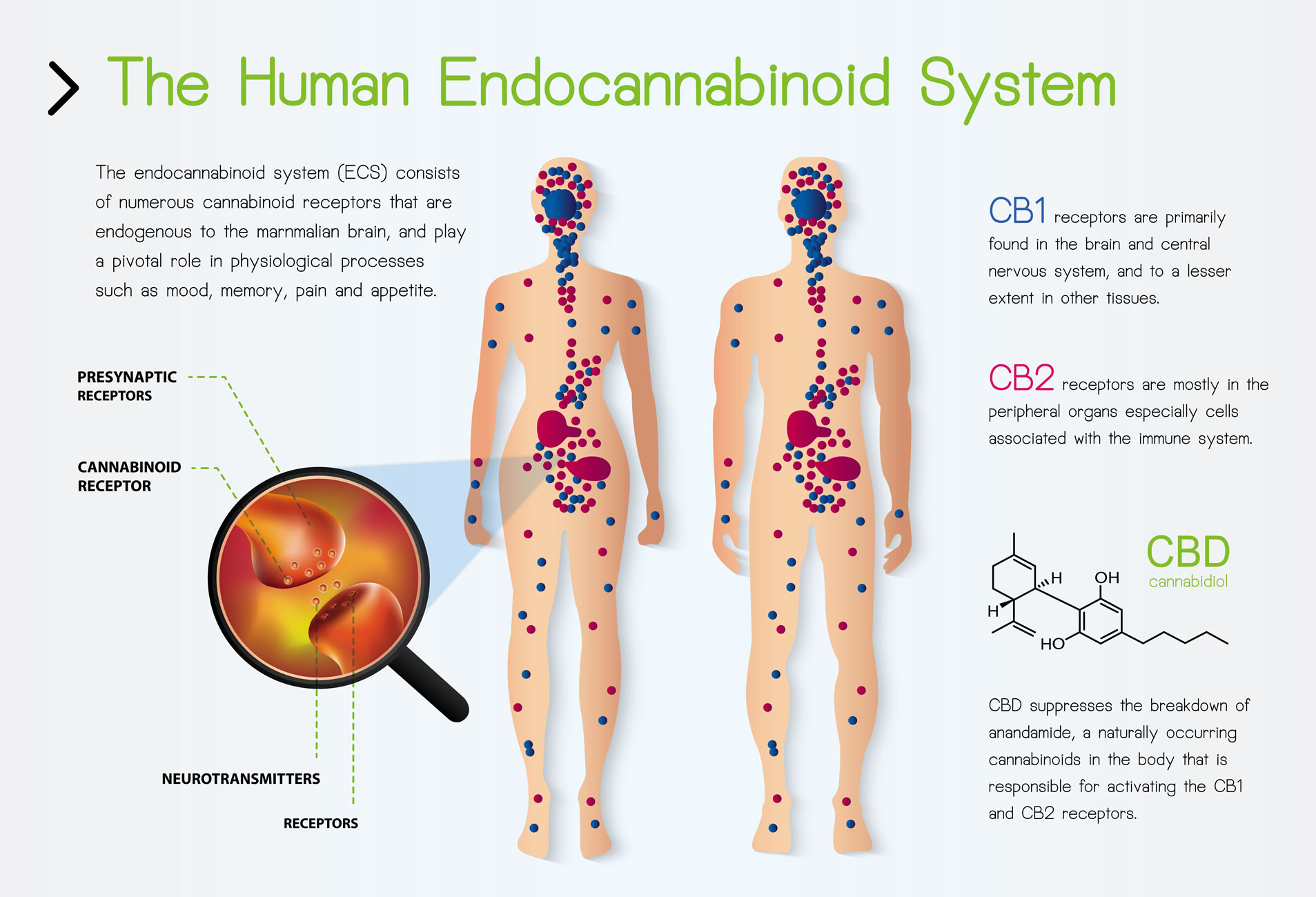
Cannabis has been used for thousands of years, both recreationally and medically. People all over the world know the effects of cannabis, yet for a long time, no one knew how it worked within our bodies. At that time, research scientists identified a system they named “the endocannabinoid system”. This system is located in just about every part of the human body, with a focus in the brain, gut and immune system.
The Endocannabinoid System is made up of cell receptors (“locks”) and of the chemicals that bind to these receptors (“keys”). This system has been identified in the some of the most primitive creatures on earth. It has been found to be the most widespread receptor system in the human body, explaining why cannabis has so many different effects.
The endocannabinoid system regulates many important physiologic pathways in the human body, including gastrointestinal activity, cardiovascular activity, pain perception, emotion, maintenance of bone mass, protection of neurons, hormonal regulation, metabolism control, immune function, inflammatory reactions, and inhibition of tumors cells.
The cannabinoid receptor system has two kinds of receptors:
- CB1 receptors – found mostly in the brain, spinal cord and other parts of the body including the heart, uterus, testis, liver, small intestine and peripheral cells
- CB2 receptors – found mostly on cells of the immune system, including the spleen, T-cells, B-cells and macrophages
The term “cannabinoid” refers to a group of related compounds that can interact with the cannabinoid receptor. Cannabinoids can come from three different origins:
- Endocannabinoids – these are produced by human cells when needed (“on demand”) usually in response to some trigger like inflammation, infection or traumatic injury; five different endocannabinoids have been identified, including anandamide and 2-AG
- Synthetic cannabinoids – these are produced by scientists in a laboratory and include dronabinol (Marinol) and nabilone (Cesamet)
- Phytocannabinoids – these are produced by the cannabis plant; there are over 100+ cannabinoids in the cannabis plant, including THC and CBD as the most abundant
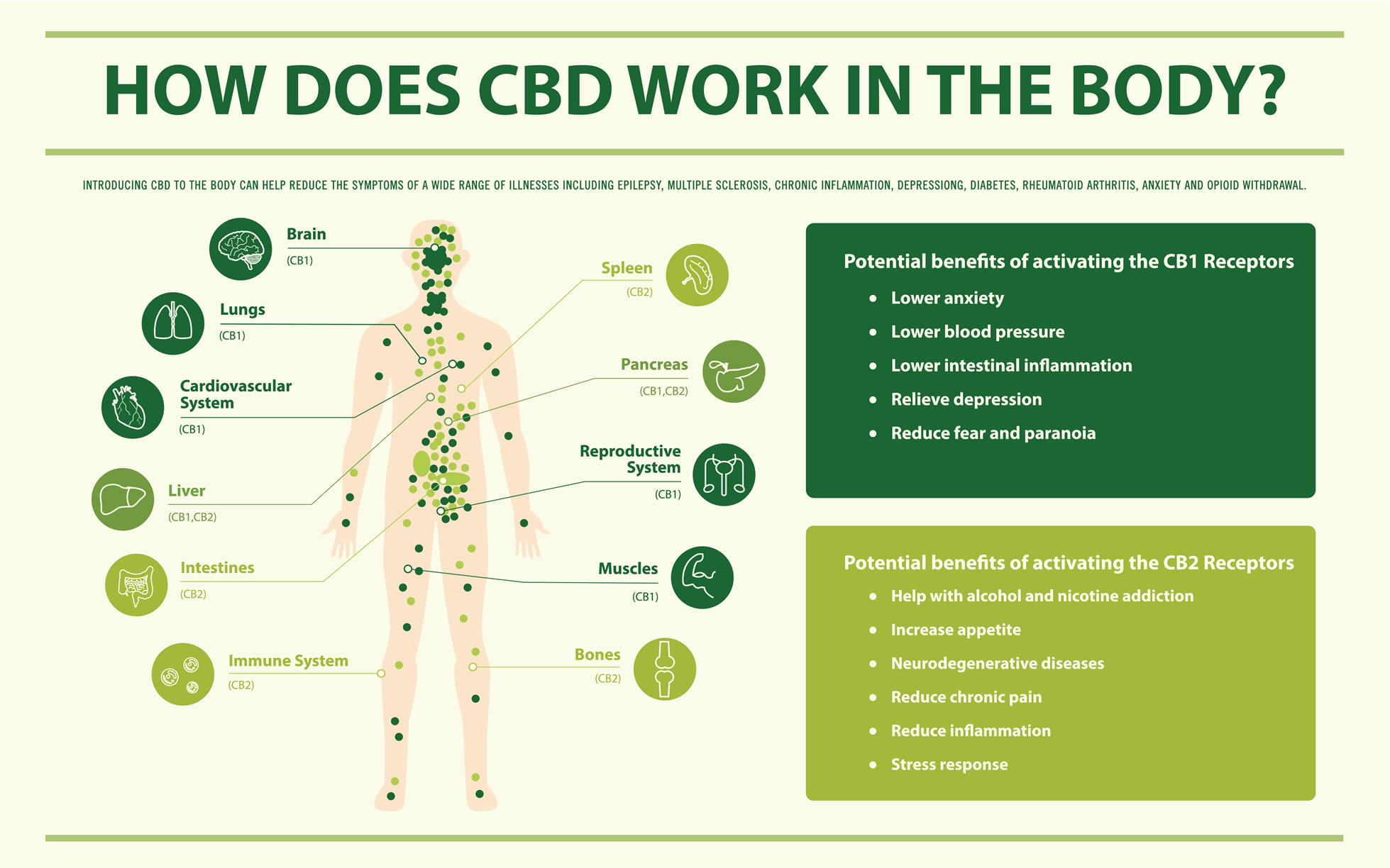
The cannabinoids interact with the receptors, much like a lock and key. The receptor is the lock and the cannabinoid molecule is the key. When the cannabinoid “key” attaches to the receptor “lock” (located in the cell wall), a reaction is triggered resulting in the cell changing its message. For instance, the area of the brain that controls memories is called the amygdala. When cannabinoids bind to the receptors on the cells of the amygdala, memory is affected. For those that suffer from past traumatic events who relive horrible memories (such as those with Post Traumatic Stress Disorder), the triggering of the cannabinoid receptor changes messages that the cells are sending and memories are minimized.
A study using weakly radioactive THC-like synthetic drugs investigated where the human cannabinoid receptors were located. When people were given this radioactive drug and their brains were scanned, CB1 receptors were found in many areas of the brain.
The results showed that cannabinoid receptor binding sites in the human brain are localized mainly in: the forebrain areas associated with higher cognitive functions; the forebrain, midbrain and hindbrain areas associated with the control of movement; and in hindbrain areas associated with the control of motor and sensory functions of the autonomic nervous system.
This is consistent with the fact that cannabis has many different effects on mental processes, including memory, pain, mood, appetite, motivation, and other brain functions.
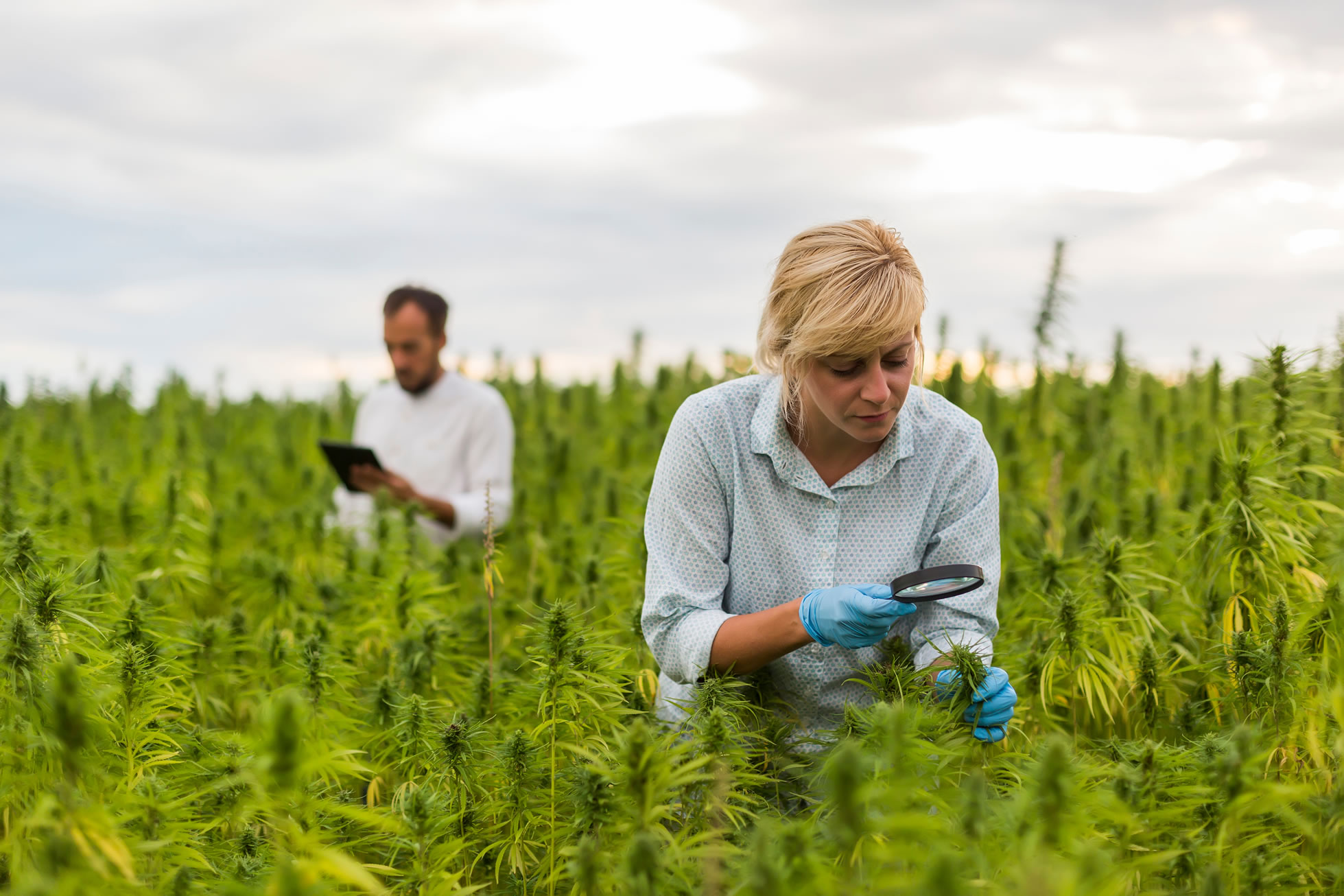
Since the discovery of the endocannabinoid system, researchers have been working on developing synthetic cannabinoids, hoping to find a compound that gives the benefits of cannabinoids without the psychoactive effects.
This is still an ongoing project but most synthetic cannabinoids do not have the same effects as the cannabinoids in the cannabis plant.
Many researchers are concentrating on studying the endocannabinoids (the cannabinoids produced in the body), in order to understand why our bodies make these compounds and how they regulate the many different physiologic processes in the body.
Many scientists are attempting to study the effects of the phytocannabinoids, those that are found in the cannabis plant; however, this area of research is somewhat hindered due to the plant’s continued illegality as a Schedule 1 controlled substance. The lack of research on the effects of cannabis on many medical conditions reflects this difficulty.
With state-sanctioned medical cannabis laws, we are seeing more studies in this arena and hopefully will gain full understanding of what patients and which conditions may benefit from the use of cannabis.
For now, many patients are using natural cannabis for relief of conditions for which medications have not worked or have been too toxic.
Cannabidoil (CBD)
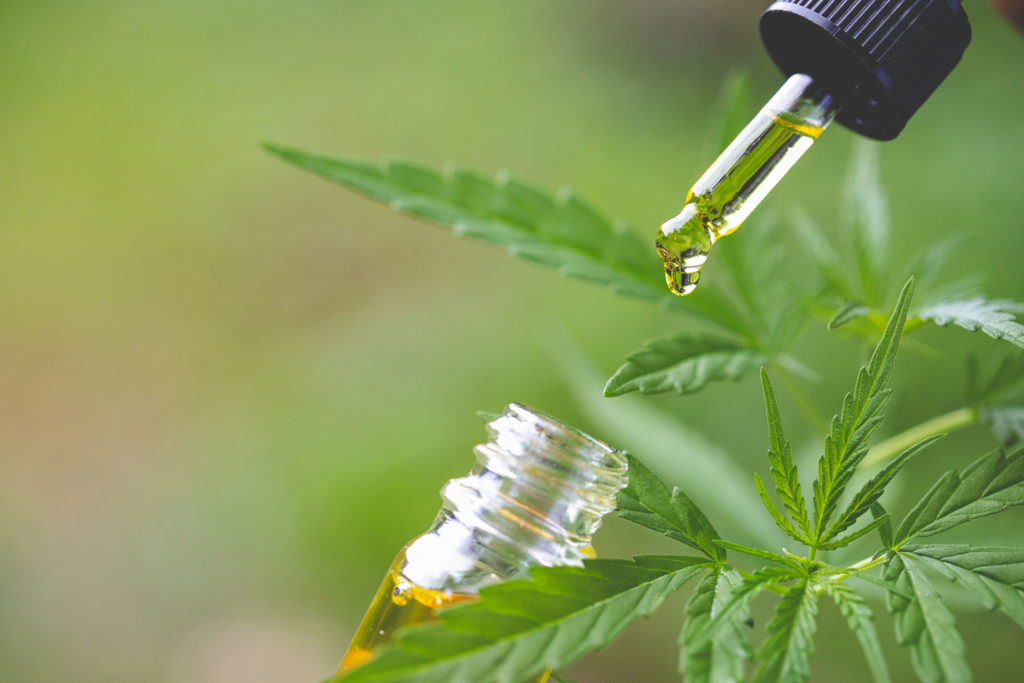
Cannabidiol (CBD), the second most common cannabinoid in cannabis, is a non-intoxicating compound with many medicinal effects.
It has been shown in scientific studies to have potent anti-inflammatory effects, anti-convulsant properties, anti-anxiety effects, anti-psychotic effects, anti-spasmodic effects (stops spasms), and anti-emetic effects (stops vomiting). It also has been shown to inhibit tumor cell growth.
CBD also appears to dampen down the psychoactive effects of THC, calming any uncomfortable anxiety or paranoia that THC can sometimes cause. CBD also minimizes short-term memory loss that can occur with THC use.
CBD in low doses is stimulating or alerting and in high doses is sedating. In most patients CBD has no negative side effects. There appears to be no tolerance to the effects of CBD as it works differently than THC.
CBD products such as topical balms, tinctures, edibles and oils are readily available. Combination CBD+THC products are proving to give excellent benefits such as pain relief, sleep enhancement, anxiety and depression relief, and more.
Some people think that THC is not medicinal but this is not true – many patients find that THC provides beneficial relief from symptoms.
However for those who want to medicate without the risk of intoxication, CBD-rich cannabis is an excellent option.
